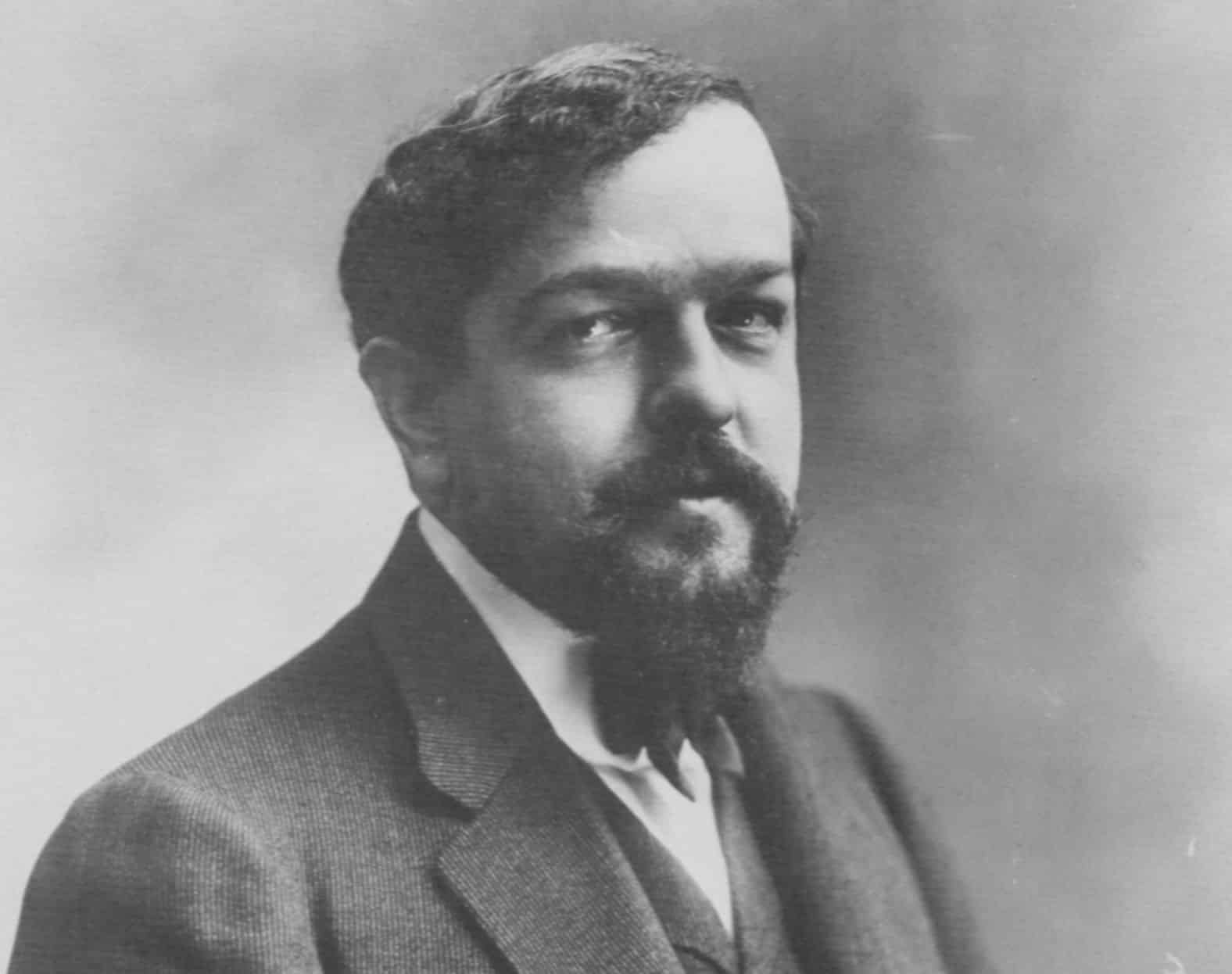
The Story Behind Debussy’s Danse sacrée et danse profane
Claude Debussy, one of the most innovative and influential composers of the late 19th and early 20th centuries, crafted a mesmerizing work for harp and[…]

The Story Behind Debussy’s Arabesque
Claude Debussy (1862–1918), one of the most celebrated composers of the Impressionist era, created a body of work that continues to captivate audiences with its[…]

Top 10 Debussy Songs
Claude Debussy, a prominent figure in the world of classical music, is often regarded as the father of musical impressionism. His innovative approach to composition[…]

Claude Debussy – Biography and History
Claude Debussy, a luminary of impressionist music, was born on August 22, 1862, in Saint-Germain-en-Laye, France. His pioneering compositions would revolutionize classical music, earning him[…]

Claude Debussy – Biography and Life
Claude Debussy (1862-1918) stands as one of the most influential and innovative composers of the late 19th and early 20th centuries, contributing significantly to the[…]

Fascinating facts about Debussy
Claude Debussy, a French composer of the late 19th and early 20th centuries, is renowned for his groundbreaking contributions to the world of classical music.[…]

Claude Debussy: The Musical Impressionist
Claude Debussy was born on August 22, 1862, in Saint-Germain-en-Laye, France. From an early age, he displayed remarkable talent in music, often experimenting with the[…]

Five Facts You Didn’t Know About Debussy
Five Facts You Didn’t Know About Debussy The Mozarts, Beethovens, and Mendelssohns are all examples of legendary and multigenerational, classical music dynasties. Unlike the children in[…]

Debussy Biography – Music | History
Claude Debussy (22 August 1862 – 25 March 1918) was a French composer. He is sometimes seen as the first Impressionist composer, although he vigorously[…]

Debussy – La Mer – Music | History
La mer, trois esquisses symphoniques pour orchestre (French for The sea, three symphonic sketches for orchestra), or simply La mer (The Sea), L. 109, CD.[…]